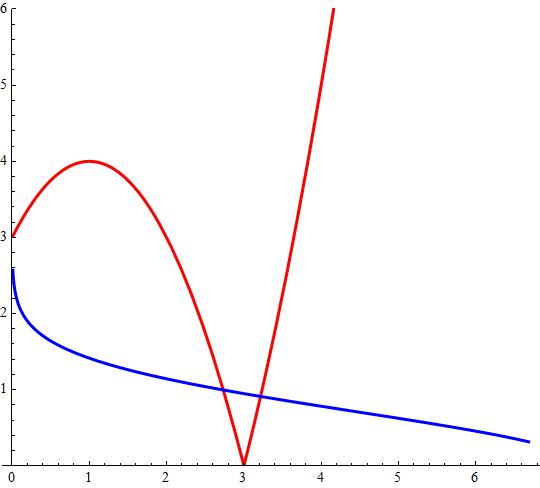How do you solve #abs(x^2-2x-3) = sqrt (2- lnx)#?
1 Answer
Explanation:
The best way to solve this equation is using an iterative method, after knowing the initial trials. The initial iterations can be found after plotting the curves
this plot will cover the interval
We now will perform a series of algebraic transformations into the original problem, in order to remove handling difficulties.
First after squaring both equation terms, we consider
and now we call
Supposing we know an initial guess
but we need that
From the plot we propose first
and obtain successively
and also
obtaining successively
This way we obtained the equation solution within 6 sd!
Attached a plot with


